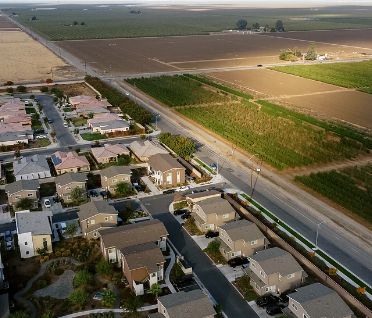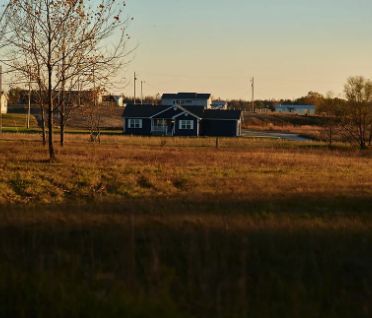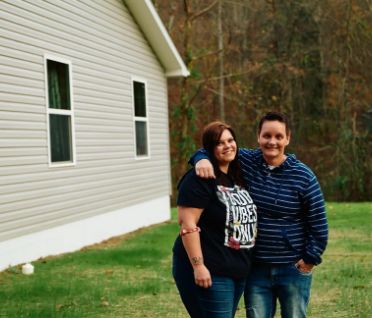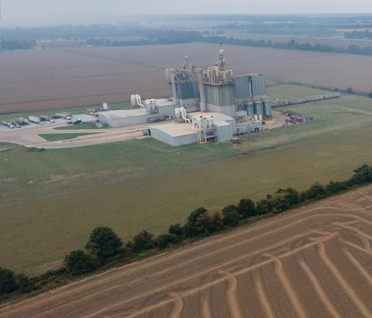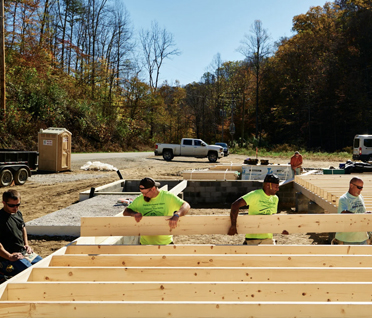TAKING STOCK
Rural People | Rural Places | Rural Housing
The Decennial Publication of the Housing Assistance Council
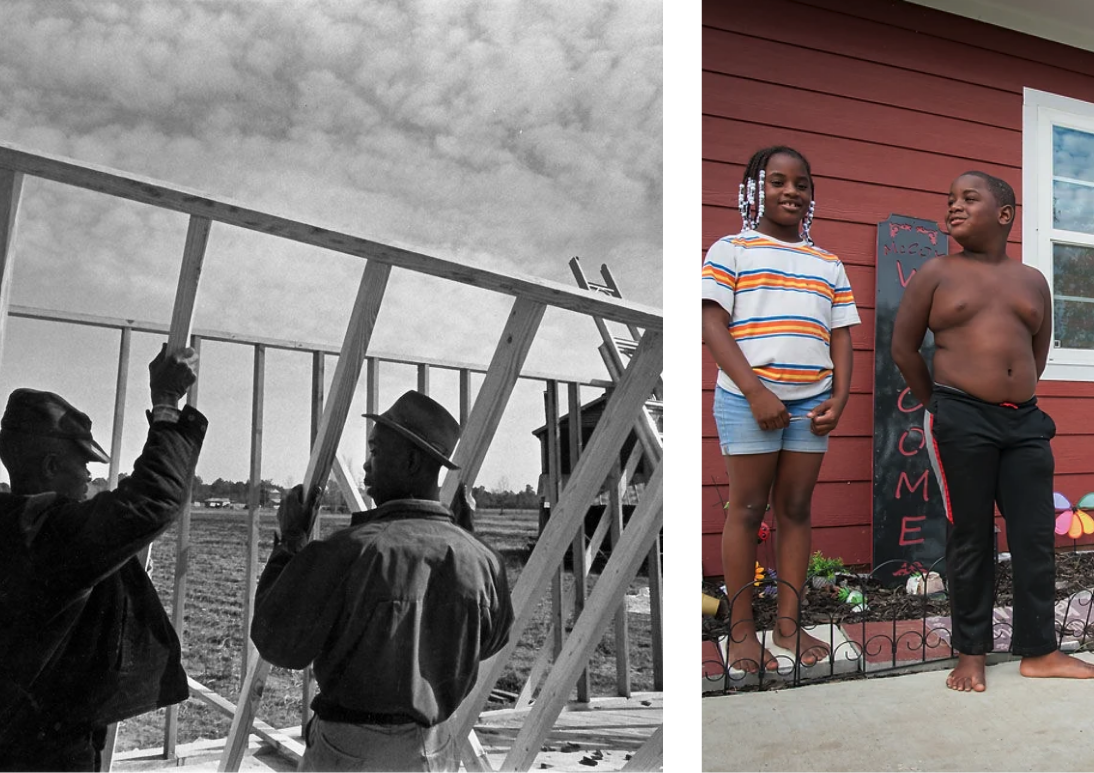
5 Decades of Taking Stock in Rural America’
Rural People, Rural Places, Rural Housing
First published in 1984, Taking Stock is a decennial research publication of the Housing Assistance Council. The 2023 edition of Taking Stock continues this legacy of presenting social, economic, and housing trends for rural places and rural people.
TAKING STOCK
In the early 1980s, the Housing Assistance Council (HAC) published its initial Taking Stock report. This seminal work was one of the first comprehensive assessments of rural housing and rural poverty conditions in the United States. The first Taking Stock also exposed the plight and housing need of the nation’s high poverty rural areas. HAC’s decennial Taking Stock analysis continued in 1990, 2000, and 2010 and has increasingly expanded to cover a broader scope of social, economic, and housing trends in rural areas. The 2023 edition of Taking Stock continues its legacy of presenting a composite picture of trends and issues important to rural people, places, and housing.
5 Decades of Taking Stock in Rural America
Explore five decades of Taking Stock through past reports from 1980 to 2010

